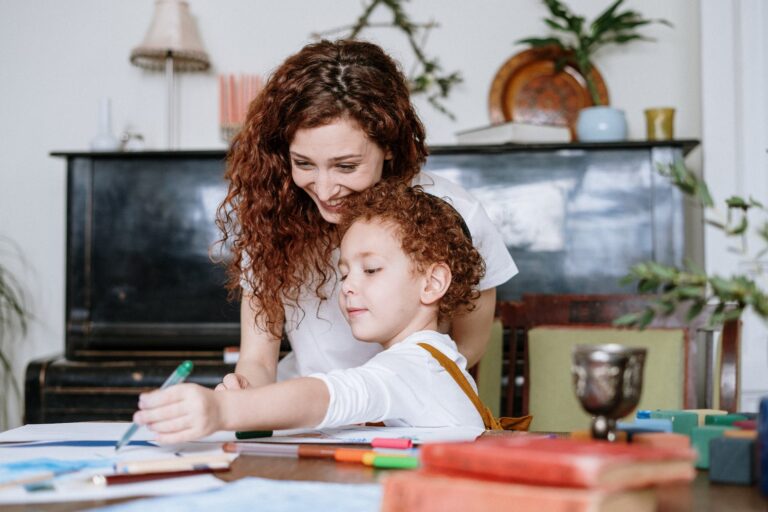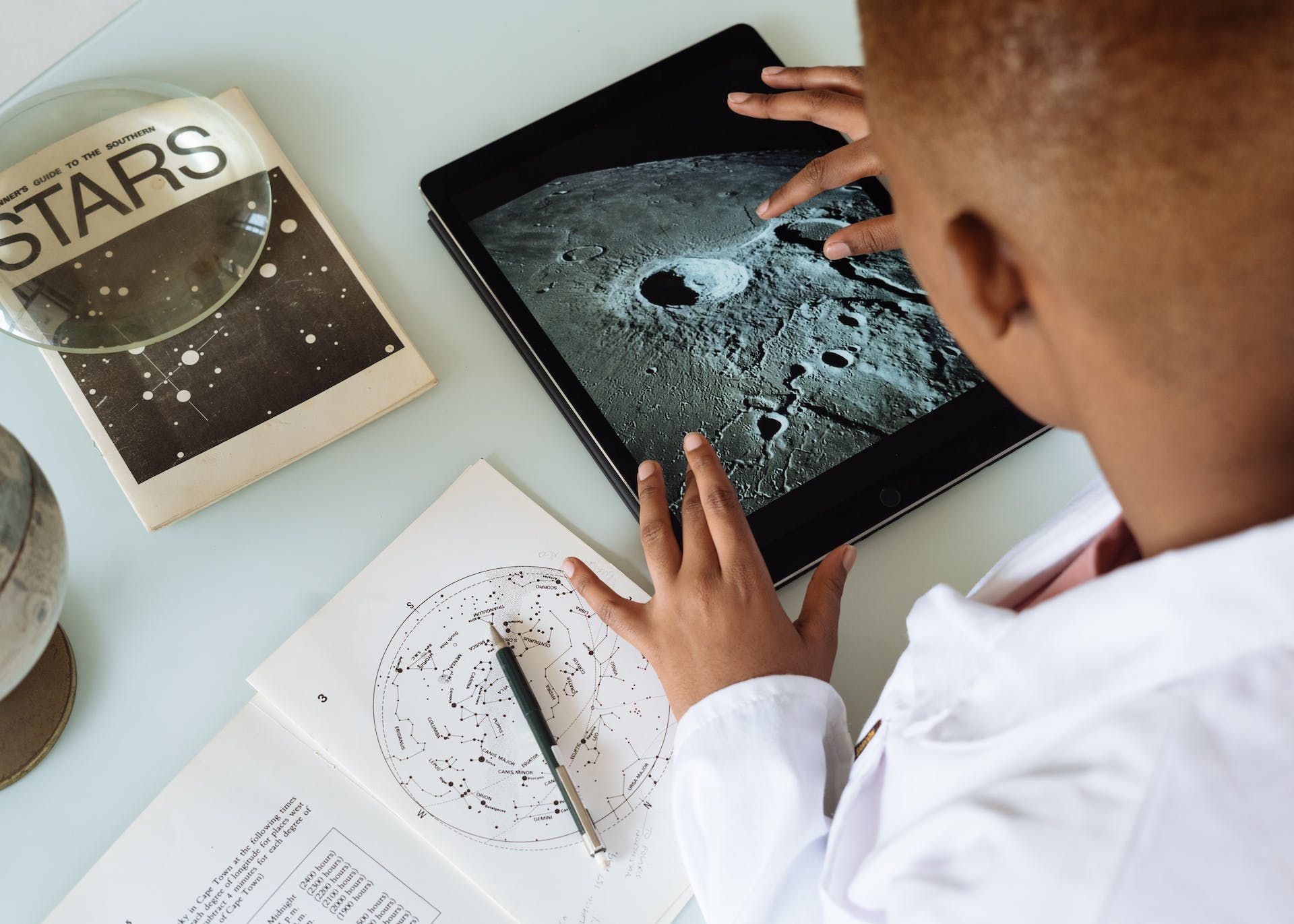
Fostering Inclusion: Strategies for Catering to Diverse Learning Styles
Introduction
Inclusive classrooms are not just a hallmark of educational excellence; they embody a commitment to recognizing and accommodating the diverse learning styles of students. This article explores the importance of creating inclusive classrooms and provides practical strategies for educators to embrace and celebrate the rich tapestry of learning preferences within their classrooms.
Understanding Diverse Learning Styles
Visual Learners
Acknowledging the needs of students who thrive through visual aids and graphic representation.
Auditory Learners
Recognizing the significance of spoken information and exploring ways to integrate auditory elements into lessons.
Kinesthetic/Tactile Learners
Embracing the needs of students who excel through hands-on experiences and physical engagement.
Reading/Writing Learners
Catering to the preferences of students who learn best through reading and writing activities.
Strategies for Inclusive Instruction
Multimodal Teaching
Implementing teaching methods that incorporate a variety of learning styles in a single lesson.
Flexible Seating Arrangements
Creating a classroom environment that accommodates different learning preferences through flexible seating options.
Diverse Learning Materials
Ensuring a variety of learning materials, including textbooks, videos, hands-on activities, and interactive technologies.
Individualized Learning Plans
Developing personalized plans for students, considering their unique learning styles and adapting content accordingly.
Peer Collaboration
Encouraging collaboration among students with different learning styles, fostering mutual understanding and support.
Embracing Neurodiversity
Understanding Neurodiversity
Recognizing and appreciating neurological differences, including conditions such as ADHD, dyslexia, and autism.
Tailoring Instruction for Neurodiverse Students
Adapting teaching strategies to meet the needs of neurodiverse learners, providing additional support and accommodations.
Promoting Social Inclusion
Fostering a classroom culture that celebrates diversity and promotes understanding and acceptance among students.
Professional Development for Educators
Training on Inclusive Teaching Practices
Providing educators with ongoing professional development to enhance their understanding of inclusive teaching methods.
Cultural Competence Training
Developing cultural competence among educators to effectively address the needs of diverse student populations.
Overcoming Challenges
Limited Resources
Strategies for adapting inclusive practices even in resource-constrained environments.
Resistance to Change
Addressing potential resistance to inclusive teaching methods and providing strategies to overcome it.
Conclusion
Creating inclusive classrooms is not just about meeting the requirements of diverse learning styles; it is a fundamental commitment to equity and fairness in education. By embracing the rich array of learning preferences, educators empower students to reach their full potential, fostering an educational environment where everyone feels seen, heard, and valued. Through intentional strategies and a commitment to ongoing learning, educators can transform their classrooms into dynamic spaces of inclusivity and innovation.
more blogs
our verticals
- ISA Global
- Indian School Awards
Connect with us
- 163, Industrial Area Phase 1, Chandigarh 160002
- +91 9878643643
- [email protected]


